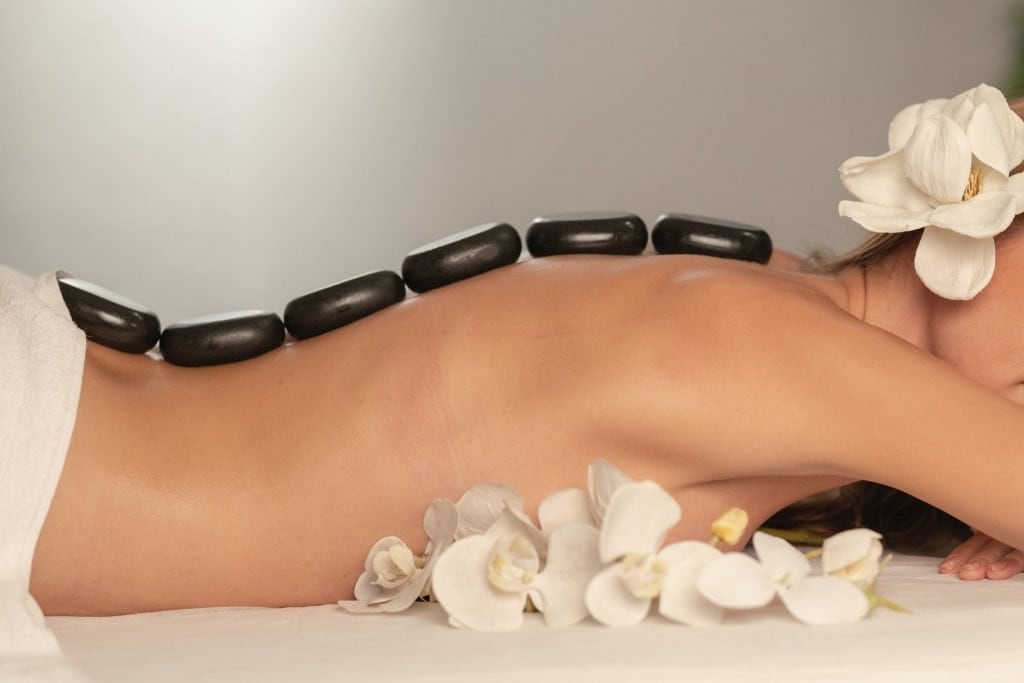6 Amazing Tips To Improve Body Flexibility
Jan 14, 2021When you hear the word body flexibility, the foremost thing that comes to your mind is bending and touching your toes. Many people may find it an easy-going part of fitness and completely overlook it. For a few, it may be a fitness-goal too tough to accomplish. If you fall in either of the categories, it’s time to have some vital details that will redefine the meaning of flexibility.
As per studies, flexibility is the movement of muscles and tissues in the joints. Each joint and muscle in your body has a distinct amount of flexibility attached to it. Some areas may be tight, and some are loose. Body flexibility is, therefore, the ‘range of motion’ that lets your joints move effortlessly. However, improving flexibility is not limited to joint movement. It helps in developing body strength that can withstand muscle tension and stress. A flexible body means balanced muscles that decrease the chance of injury and promote an improved physical and mental state. Fortunately, improving body flexibility is not hard. Here are six tips that will help achieve it with regular practice.
- Focus On Nutrition
You may think that body flexibility depends on the exercise regime you follow. But, there is a close connection between nutrition and flexibility. Nutrition can affect body movement and functioning. The food you put in your body determines its energy levels, healing efficacy, and nourishment. Although every person has different nourishment requirements, few food choices can help you to achieve greater flexibility. Healthy home-cooked foods that are full of proteins and have high anti-inflammatory properties are the best choice. Lean meat, fish, dairy, beans, pulses, nuts, and vegetables all can support your connective tissue health.
The latest addition to the anti-inflammatory and nutritional food is CBD edibles. Cannabidiol or CBD is a hemp derivative that has a plethora of health benefits. Many research supports its usage for various somatic and psychological complications. For a fitness enthusiast, CBD can alleviate inflammation and related pain. It also provides essential nutrients to improve flexibility and helps in fast recovery from an injury.
2. Try dance based fitness or yoga
Dancers are renowned for their flexibility, with a focus on strength through long lean muscles, no bulk. A method like Sleek Ballet Fitness melds balletic movement with fitness, making it accessible, even if you are starting as a beginner to dance. Yoga is another choice method that effectively helps the body to gain more strength and flexibility. The deep breathing and meditation also help to stay focused and improve your overall health too.
3. Devote Time To Stretching
Stretching is synonymous with body flexibility. Tight muscles can put undue strain on joints restricting movement. Stretches can make your muscles looser and allow a greater degree of muscle extension, enabling you to be more flexible. Your range of motion increases, and so your physical output and performance. It can boost your stamina, helps balance better, and decrease the risk of injury. It also imparts better blood circulation and reduces pain associated with tight muscles. For a fitness enthusiast, both Static and Dynamic stretching is crucial. However, the latter requires you to move your muscles for an optimum range of motion, thus increasing the flexibility.
4. Hydration Is A Must
As the human body constitutes mainly of water, so does the muscle composition. Therefore, the low water content can hinder the optimal working of the muscles. When the muscles are dehydrated, their inflexibility increases, and it can lead to cramps. Moreover, improper hydration can affect oxygen flow. It, therefore, results in the reduction of waste elimination and worsening of delayed onset muscle soreness.

5. Go For a Massage
Muscle flexibility can decrease due to several reasons like muscle overuse, tightness, or inflammation. Massage therapies help address these problems. Deep tissue or therapeutic massages can break the knots and relieve muscle tightness and tension. A few perfect strokes can also increase blood flow and muscle temperature. Sometimes, massage can give rise to soreness. Muscle stimulation after massages can develop DOMS, which is a physical response to inflammation. However, this is a natural process and will further result in better body flexibility after healing.
6. Just Relax
Stress can be harmful to both body and mind. The combination of mental and physical stress adversely affects you. Among all other symptoms, aches, pains, and tense muscles are more common. These problems can somehow affect your regime to achieve body flexibility. Taking time for relaxation helps you relieve stress. Brisk walking, deep breathing, bathing, and massage are a few options to relax your body. However, taking a break from your exercise schedule and sleeping also helps a lot. Resting and sleeping help your muscles heal, repair, and grow. Besides, it prevents muscles from tensing, thus making their movement smooth.
Conclusion
It’s never too late to attain flexibility, but it’s advisable to earn it soon. With stiff muscles and rigid tendons, it goes more difficult while you age. However, each body is different, and so their level of endurance. Pick a level of workout that is right or if you are really unsure, consult your trainer for stretching and workout guidance in a live class. Keep in mind everyone requires flexibility to perform everyday activities with ease. The above tips ensure independence to your mobility and contribute to boosting your health with increased body flexibility.

